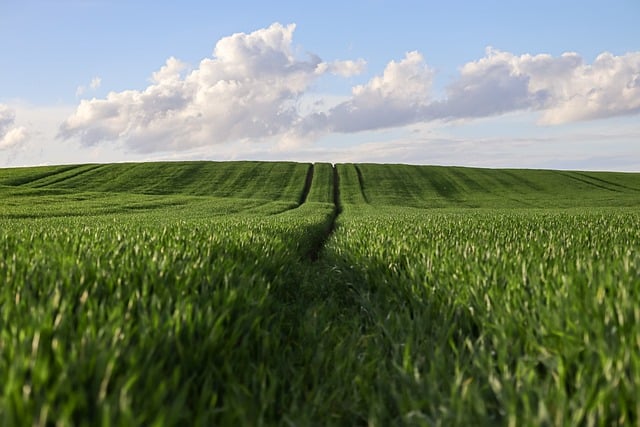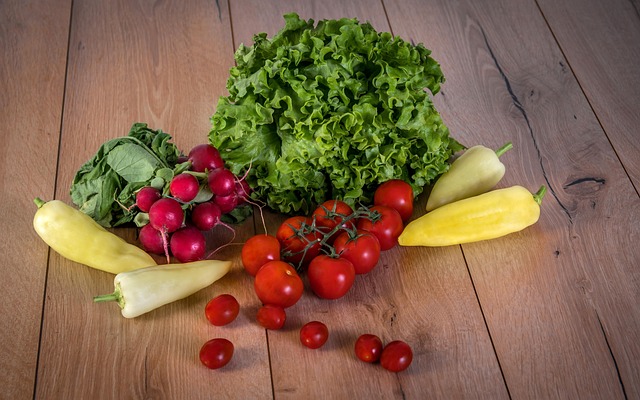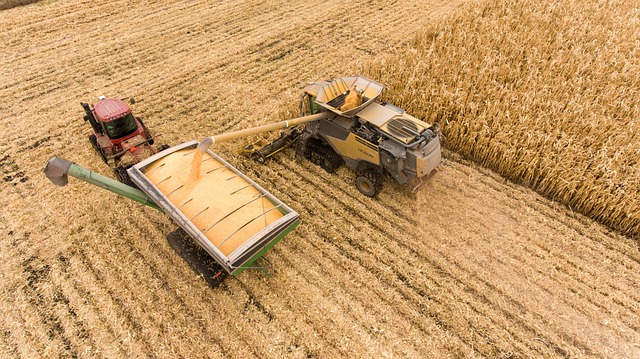Maximizing Transport Sustainability in Rural Development Through Efficient Land Use
As we confront the pressing challenges of climate change and resource depletion, the need for sustainable practices in agriculture and rural development becomes ever more critical. One of the major components in achieving this goal is effective land use. Proper land use not only enhances agricultural productivity but also promotes transport sustainability in rural areas, creating a ripple effect that benefits communities, economies, and our environment.
The Importance of Land Use in Rural Development
In rural communities, land is often viewed as a precious resource, one that can either be a source of sustenance or a potential avenue for ecosystem degradation. The most effective agricultural practices require a holistic understanding of land use—balancing the need for crop production with the preservation of natural ecosystems. When land is utilized efficiently, it can support various agricultural activities, ensuring food security while minimizing environmental impacts.
Transport Sustainability and Its Link to Agriculture
Transport sustainability refers to creating transportation systems that meet current needs without compromising the ability of future generations to meet theirs. In rural areas, where agriculture often serves as the backbone of the economy, the efficiency of transport systems directly affects the viability of farming operations. By implementing sustainable land use practices, agricultural producers can minimize their carbon footprints, streamline the transportation of goods, and enhance the overall sustainability of their operations.
For instance, optimizing land use by integrating local production with local consumption can lead to shorter supply chains. This has the dual benefit of reducing greenhouse gas emissions associated with transport and ensuring fresher produce for communities. By fostering closer connections between farmers and consumers, rural areas can revitalize their local economies while promoting sustainable practices.
Strategies for Sustainable Land Use in Rural Transport
To maximize transport sustainability in rural development, several strategies can be employed:
- Community Engagement: Involving local communities in the planning and decision-making processes helps to ensure that their needs are met, and voice concerns regarding land use and transport.
- Infrastructure Development: Investing in sustainable transport infrastructure, such as bike paths and maintained rural roads, can enhance connectivity, making it easier for farmers to access markets, and consumers to find local produce.
- Promotion of Sustainable Practices: Encouraging local farmers to adopt sustainable agricultural techniques can lead to more efficient land use while fostering ecological balance.
- Technology Integration: Embracing technology for precision agriculture can optimize resource use and minimize waste, ultimately aiding in both agricultural output and transport efficiency.
Future Implications for Rural Transport and Development
As we move forward, the intertwined relationship between land use and transport sustainability in rural development will become increasingly apparent. By prioritizing sustainable methodologies and effective land management, rural communities can cultivate resilient ecosystems, support economic growth, and ensure that future generations enjoy the benefits of a sustainable agricultural landscape.
In conclusion, the journey towards maximizing transport sustainability in rural development through efficient land use is not merely a strategic option but a necessary path towards a more sustainable, equitable future. It is a collaborative effort that requires input from all stakeholders, ensuring that the resources we depend on remain viable for years to come.




